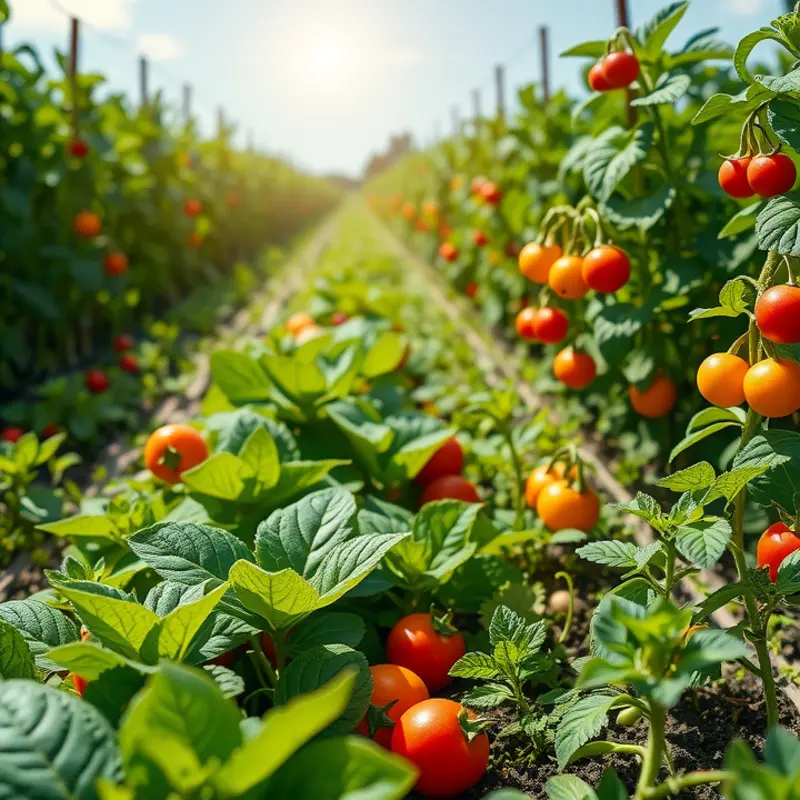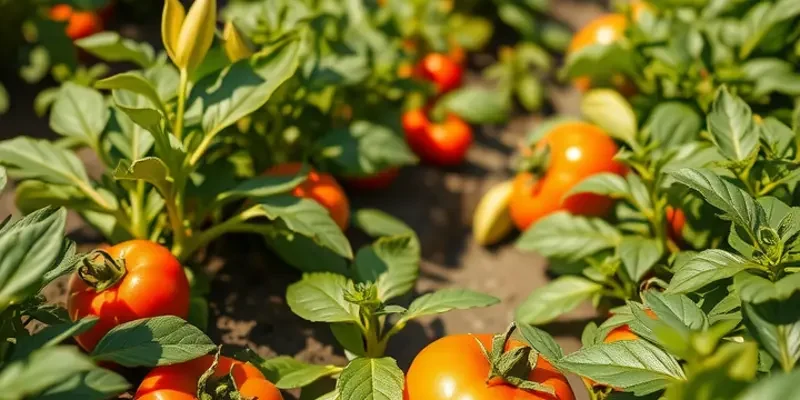Proper fruit storage is essential for maximizing freshness, flavor, and nutrients while reducing waste. Understanding how to handle different fruits can extend their shelf life and save you money. This guide is tailored to those who are eager to learn effective food management techniques at home.
Understanding the Basics of Fruit Storage

Fruit storage is an art that hinges on understanding the unique needs of each fruit. Factors like ethylene production, moisture content, and ripeness significantly impact how long fruits remain fresh. Knowing which fruits to store together or apart, and where, ensures maximum longevity.
Ethylene Production
Ethylene is a natural gas emitted by certain fruits, hastening ripening. Bananas, apples, and pears are among high ethylene producers. Keeping them separate from sensitive fruits, such as berries, helps prevent premature ripening or spoilage. A simple way is to use different storage areas for high ethylene producers and sensitive fruits.
Moisture Content
Moisture affects fruit texture and longevity. High-moisture fruits like berries and grapes require breathable containers to prevent mold. Place a paper towel at the bottom of storage containers to absorb excess moisture. Meanwhile, fruits with lower moisture content, such as apples, can maintain freshness longer without added precautions.
Ripeness and Temperature
Storing fruits at the correct ripeness is crucial. Unripe avocados, for instance, ripen faster at room temperature. Once they reach desired ripeness, transferring them to refrigeration slows further ripening. This principle applies to many fruits, such as mangoes and kiwi.
Grouping Fruits by Type
Understanding which fruits can coexist harmoniously is vital. For example, stone fruits like cherries, peaches, and plums prefer cool, dry places and can be grouped together. In contrast, bananas should be stored separately due to their ethylene production. Root cellar environments suit apples and pears, keeping them fresh over long durations.
Proper Ventilation and Containers
Fruits need proper air circulation to breathe and avoid spoilage. Choosing containers with ventilation holes or breathable bags prevents the buildup of ethylene gas. Avoid airtight containers, especially for fruits like strawberries, to reduce mold growth risk. Explore options like mesh bags or produce-specific containers designed to enhance air circulation.
Tailored Advice for Sensitive Fruits
Berries: Highly sensitive to moisture and ethylene, berries thrive when spread on a tray or in shallow containers lined with a paper towel. Once washed, consume within a short period to reduce mold risks.
Bananas: Best kept at room temperature, away from other fruits. To prolong their lifespan, consider wrapping the stem with a small piece of foil or plastic wrap, minimizing ethylene exposure.
For more tips on effective and sustainable kitchen storage practices, check out this eco-smart kitchen storage guide. Identifying the right storage approach based on your fruit’s needs minimizes waste and maintains quality, ensuring you enjoy fresh flavors longer.
Smart Storage Solutions for Common Fruits

Mastering the art of storing fruits ensures you enjoy them at their freshest while minimizing waste. Let’s explore smart storage solutions for apples, oranges, avocados, and strawberries.
Apples are best kept in the refrigerator to maintain their freshness. The ideal temperature is between 30-35°F with a relative humidity of 90-95%. Store apples in the crisper drawer, unwashed, to reduce the risk of spoilage. Whole apples last longer than cut ones, so slice them only when needed. To prevent browning, immerse apple slices in a water solution with a splash of lemon juice or a pinch of salt. A well-known approach to preservation is storing apples near other fruits with caution, as they emit ethylene gas, which can cause nearby produce to ripen faster.
Oranges thrive best at cooler but not freezing temperatures. They can be kept on the counter or in the refrigerator. When stored in the fridge, aim for a temperature range of 40-45°F. Use the crisper drawer for humidity control, keeping oranges fresh for up to a few weeks. Unlike apples, it’s unnecessary to worry about ethylene gas here, as oranges don’t produce significant amounts. If you prefer sliced oranges, keep them in airtight containers in the fridge, with a lifespan shortened to a couple of days.
Avocados require a special focus on ripeness. For unripe avocados, store them on the counter at room temperature, avoiding direct sunlight. Once ripe, place them in the refrigerator to slow further ripening, allowing them to last for an additional week. Cut avocados brown quickly; hence, the cut surface should be covered with plastic wrap or brushed with lemon juice. Another method to prevent browning is storing them with a cut onion in an airtight container to utilize onion’s sulfur compounds.
Strawberries are delicate and need gentle handling. Refrigeration is key here, at temperatures between 32-34°F. Store them unwashed in a single layer on a paper towel-lined tray or shallow container with a loose-fitting lid to allow airflow. This method helps maintain optimum freshness. Wash strawberries only before consuming them to prevent premature spoilage. For prolonged storage, consider freezing. Freeze them on a parchment-lined baking sheet, then transfer the frozen strawberries into a freezer-safe bag. This way, they hold their nutritional value and flavor.
Using your refrigerator effectively is crucial for fruit storage. Adjust its settings to maintain optimal temperatures for various fruits. Ensure proper air circulation by not overcrowding and using appropriate containers, like breathable produce bags for items like apples and sturdy glass containers for sliced fruits. When freezing, always opt for appropriate bags or containers to prevent freezer burn and retain taste.
To explore sustainable kitchen storage practices further, visit Eco-Smart Kitchen Storage. By adopting these smart storage strategies, you ensure your favorite fruits remain fresher for longer, reducing waste and enhancing your culinary experiences.
Final words
Storing fruits correctly not only preserves their taste and nutritional value but also helps in minimizing food waste, promoting better food management at home. By understanding the specific needs of various fruits, you can make informed decisions that extend the life of your produce, reducing both your grocery bills and environmental impact. Take the time to implement these tips, and enjoy the benefits of fresh, delicious fruits for longer periods. Remember, a little knowledge and effort can lead to significant savings and healthier eating habits.







